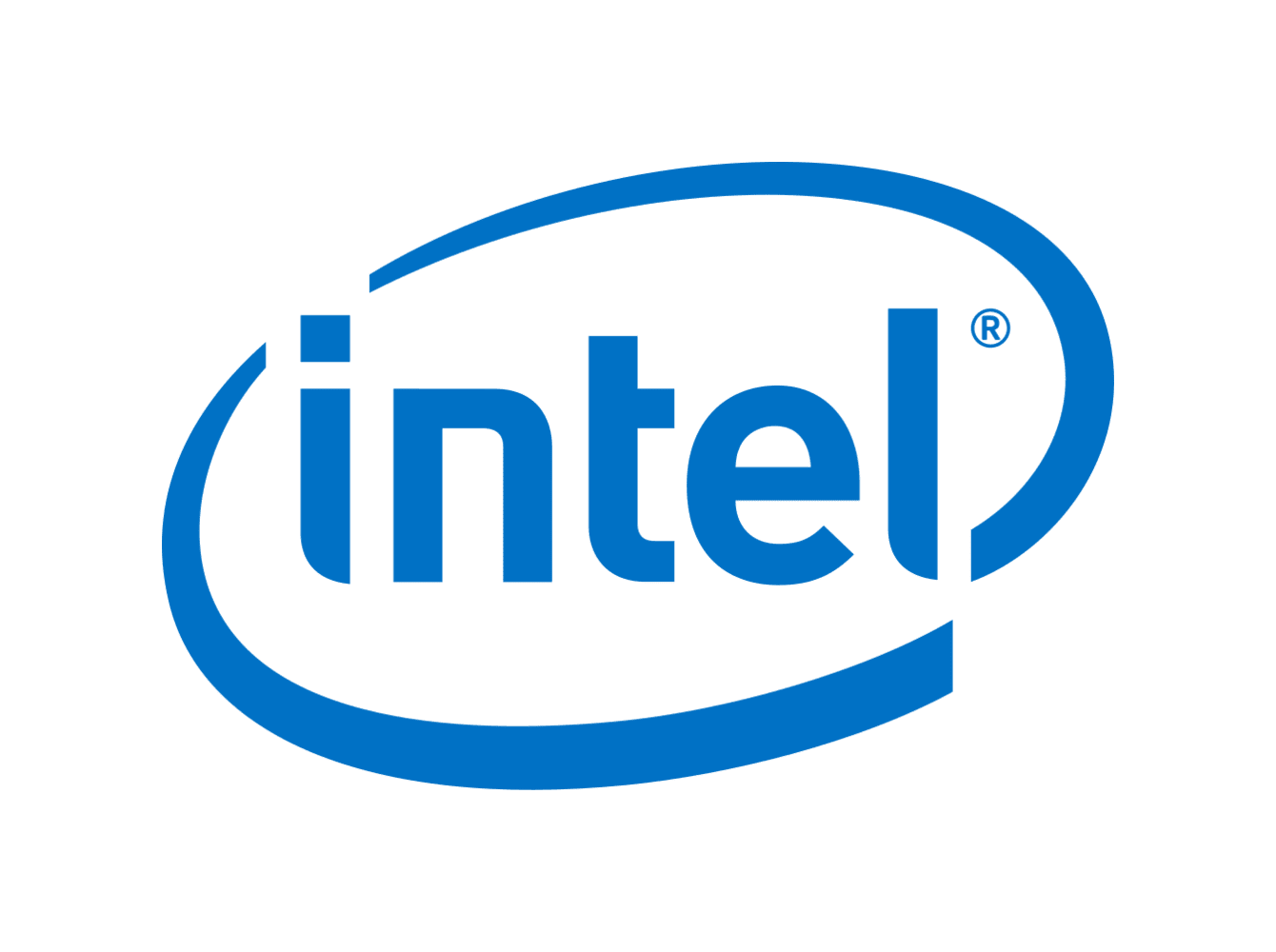It entirely depends on your situation. If you’re playing an AAA game at 1440p, your GPU will go up to 100% utilization meanwhile your processor might stay at about 40%. If you’re playing something like a simulation game or say Minecraft, your processor will shot up to 100% meanwhile your GPU might stay at like 30% or 70%
Bottlenecks are on every computer, you just gotta tweak to balance everything out if you want to use everything at it’s full capability. Otherwise just play how you want and forget about the bottlenecks with the current components you have. This is why I own a 13900k but a 4060 Ti, although I want a 4080 or a 4090 they are far too expensive currently, so I bought this graphics card at the moment just to substitute my old 1660 Ti.


uhm